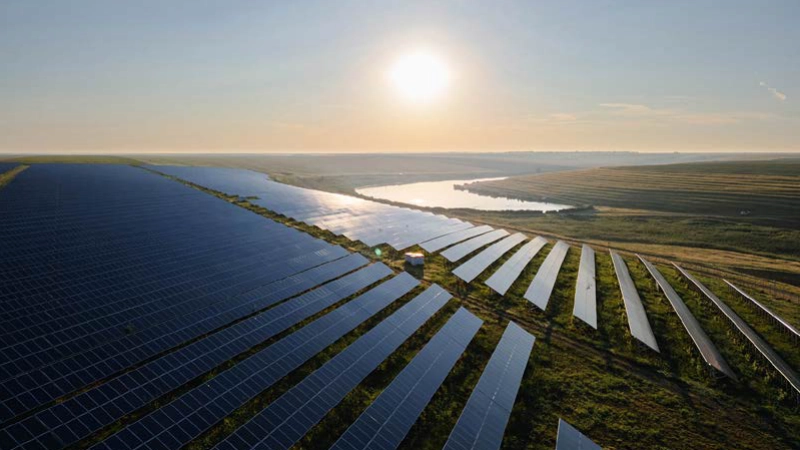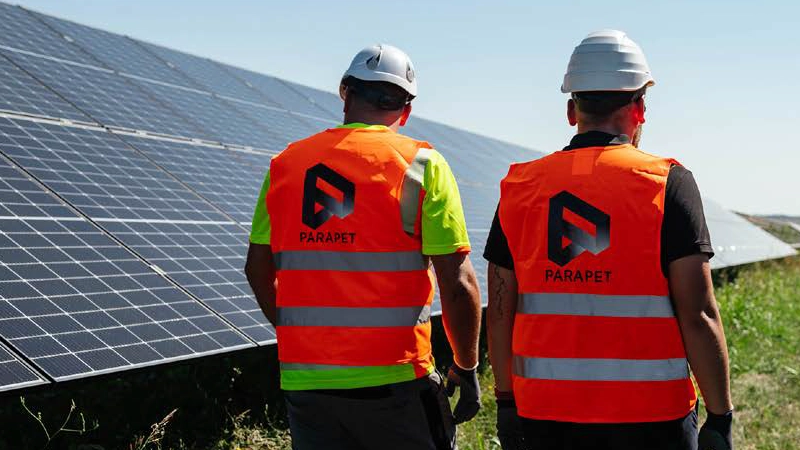A TALE OF TWO REALITIES FOR ROMANIAN RENEWABLES
On paper, Romania appears to be putting its faith in solar and energy storage. Analysts say the investment outlook is very positive, particularly for battery energy storage systems (BESS), but local companies want more long-term certainty from the government. With elections this month, and a change of administration expected, this stability is unlikely to materialize.
By the end of 2025, Romania is targeting 2 GW of solar, having installed 1.7 GW in 2024, according to data from the Romanian Photovoltaic Industry Association (RPIA). The country’s first renewable energy auction in 2024 awarded contracts to 11 solar projects, driving growth. The second round of the contracts-for-difference (CfD) auction is due to take place, targeting 1.5 GW of solar and 2 GW of wind. Speaking back in January 2025, RPIA’s policy officer Irene Mihai said that despite the 2024 auction’s lower-than-expected weighted average prices – €51 ($56.56)/ MWh for solar compared to the ceiling of €78/MWh – the results indicated confidence in the market. The market is now “not only stable, but also more mature,” Mihai told pv magazine in March.
Good on paper
But that stability may not last. Despite a lot of promise, some commentators identified political instability as a looming threat to Romania’s clean energy progress. Paul Moldovan – founder and chief technology officer of engineering procurement and construction (EPC) contractor and balance-of-systems (BoS) provider Parapet – would like to see a long-term vision for the local market.
“As an EPC contractor, having visibility for 12 to 24 months – a standard practice in countries where we have branches such as Germany or Italy – would allow us to plan and budget projects more effectively,” he explained. “In Romania, projects often emerge with little lead time, limiting strategic preparation. Additionally, the lack of predictability on the legislative side creates uncertainty, further complicating long-term planning.”
In accordance with the current government strategy of hybridization for renewables, Parapet is adding a 2 MWp BESS to its existing hybrid wind and solar park – which the company claims was Romania’s first hybrid renewable energy project when it was launched in 2023. The BESS will be charged from both wind and photovoltaic sources, maximizing its efficiency. Moldovan said the company will revisit its other past PV arrays and wind farms to integrate storage and it will ensure that storage is built into future projects where possible. It is also acquiring PV projects designed with integrated battery storage, in addition to its EPC services.
Workforce gap
Another major challenge in Romania, is workforce shortages. “We’ve invested heavily in digitized machinery, yet there’s a gap in qualified personnel who can fully harness these tools,” Moldovan explained. He called for educational and training programs adapted to industry needs to train technicians, engineers, operators, and project managers.


